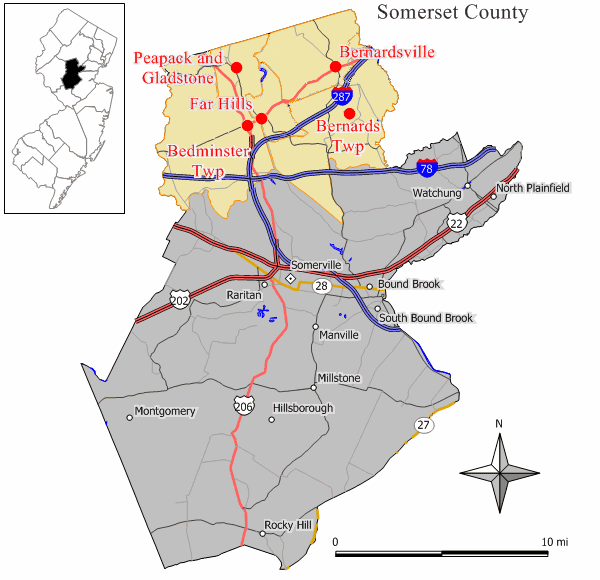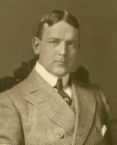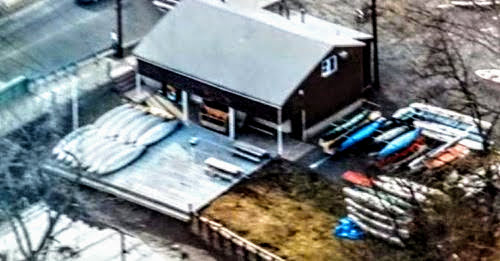
Funny how things work. Museums and historic sites are created to save historic works for the public to view and enjoy. But with declining government and corporate financial support, the burden on keeping museums open rely on those who run the museum and those ultimately decide to visit and support them. The alarm is going off – attendence is down, and the funding is drying up. Museums and historic sites are closing.
Take a look at New Jersey for example. In New Jersey, one site posted there are 24 public museums in the state (I personally think there’s more). Add in 35 state owned historic sites, along with hundreds of local sites, historical societies, and local historc venues and you’re in deep competition for a family’s free time (and money). I mean seriously, how many times are you going to drag the kids to see the Concrete Ship off the coast of Cape May? My wife and kids still complain about it!
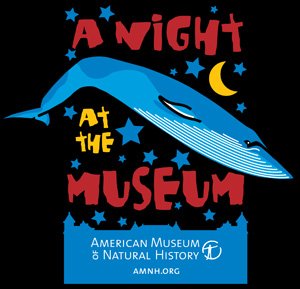 Many museums and historic venues are figuring it out and changing it up – changing their operating models to better engage their visitors. Getting someone to a museum once is tough enough. Getting someone to come back 15 times is another story. Sound impossible? It’s really not that difficult for those who have learned how to better serve the public and their communities.
Many museums and historic venues are figuring it out and changing it up – changing their operating models to better engage their visitors. Getting someone to a museum once is tough enough. Getting someone to come back 15 times is another story. Sound impossible? It’s really not that difficult for those who have learned how to better serve the public and their communities.
Yes, museums should be considered in the public domain. Getting someone to come to a historic house once that’s great. But you better figure out how to get them back. It’s creative approaches that are changing the dynamic. Let’s consider a few newer approaches. Whether it’s a “Night at the Musuem stayover for kids, or haunted tales in October (Ghost stories sell), Octoberfests, or barbeques, museum curators and non-profits need to understand that they are going to have to develop a marketing plan if they’re going to survive. You’re competing just like any other business for attention. Sure the site is important. Sure the exhibits are important. But you also need to have stories and activities that engage the visitor.
It’s really simple – adapt or die has been the rallying cry to many small local museums, historic sites, and non-profit organizations looking at declining audiences. 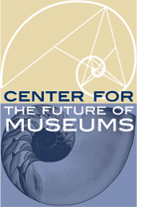 The Center for the Future of Museums continues to be a great source for information on the changing dynamics around the shift museums need to embrace in order to survive and even grow. I think people are getting tired of “standing behind the rope” and looking at something from afar. People today want to be engaged.
The Center for the Future of Museums continues to be a great source for information on the changing dynamics around the shift museums need to embrace in order to survive and even grow. I think people are getting tired of “standing behind the rope” and looking at something from afar. People today want to be engaged.
Fixing the Problem
Organizations and curators have taken a number of approaches to bring more people thru the door. Partnerships for one certainly help. Nothing is stopping you from reaching out to other non-profits to help each others cause. You do one event this month, they do one the next. Sharing mailing lists and broadening the appeal of your audience can help. Just look at the Please Touch Museum in Philadephia. What a great idea.
Business parnerships are also key. For example, heritage tourism is big business. Just look at Pennsylvania and Virgina. And their state governments pay big bucks to get you to come spend your money there. And it’s working. New Jersey has a lot to learn considering New Jersey is recoginized as the “Cockpit of the American Revolution.” Filling a place with antiques and expecting people to come back just won’t work anymore. A multi faceted approach needs to consider everything from age, gender, economic situation or tourism. There’s a reason why churches started doing bingo night and 50/50s. Engage with your business community, Chamber of Commerce, and local groups or organizations – SHARE!
It’s really interesting to see those museums and historic sites that are driving change and embracing those changes to draw the crowds. Take the Newark Museum for example. American Doll Weekend at the Newark Museum was a geat idea. Dolls and Sundaes -yes they created a program for parents to bring their daughters to the museum with their dolls for an ice cream social, and throw in a bit of history as well. A big success! Sometimes you have to “get out of the box to think out of the box.” So don’t be surprised if you find free wifi and a Starbucks keosk in a “Washington Slept Here” house. Or better yet – bars inside musuems has become a new trend (Matisse and Martinis was a great success). Showing movies etc are evolving.
Museums and Sites go High Tech
Techonlogy is also coming into the museum space. Things like “cell phone tours” are becoming popular with guests. It’s a low cost, easily adaptle capability that informs and educates audiences that have become reliant on phones and high tech. Look at the boom with “facebook” and other social media presentations. Take a look at the Music Museum of the 21st Centrury.
There are many ways to parter your ideas to incorporate a broader audience. Get your organization together and start thinking of new ways to tell your stories. Because if you don’t embrace the change, the public just might pass you by, and then what are you going to do? Whatever it takes to get your message out. You’re part of the community! Act like it. Get out there and get them in!
Have a new idea or approach you liked?
Let us know.


